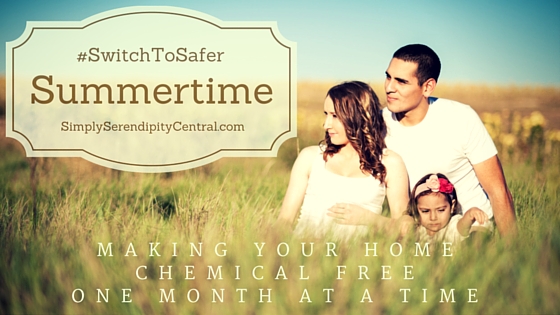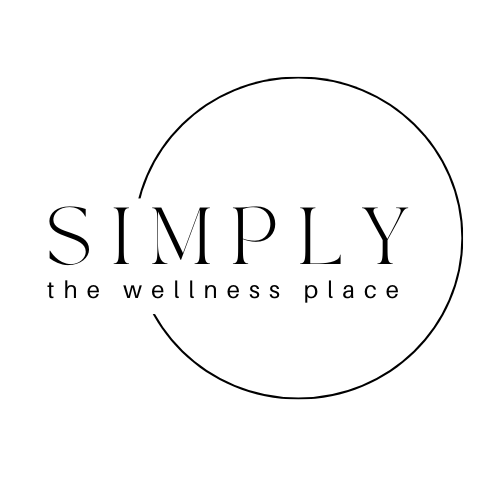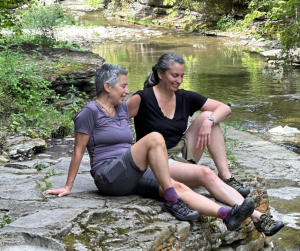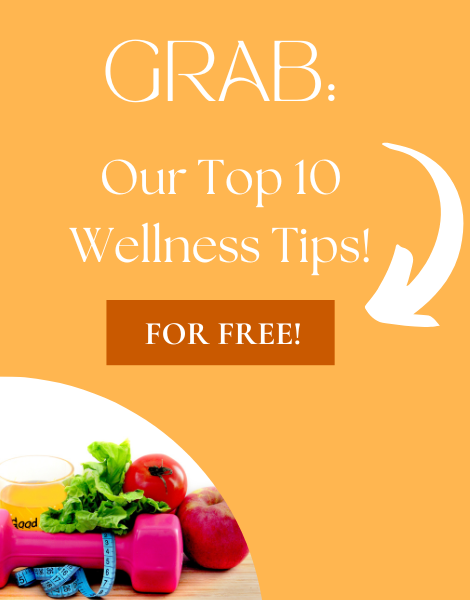
And here it is! The first installment of the Chemical-Free Home Series. (Want to read more about what this is? Check it out here.)
Commercial sun protection has chemicals. Who knew? Okay, probably most of you but this was one of the last places for me to change over. I liked my sunscreen and it was cheap. It’s hard to change when something is working for you.
I have changed now!
Chemical vs Mineral Sunscreens:
Let’s first talk choices. When purchasing sunscreens, you have two choices: chemical active ingredients and mineral active ingredients. Each uses a different mechanism for protecting your skin and maintaining stability in the sun. Chemical ingredients penetrate the skin to do their work and mineral ingredients sit on the skin and act as a direct barrier.
Chemical Active Ingredients:
Chemical Active Ingredients include (but aren’t limited to):
- Oxybenzone (8)*
- Avobenzone (2)
- Octisalate (3)
- Octocrylene (3)
- Homosalate (4)
- Octinoxate(6)
* Ratings indicate the toxic rating from the EWG website with 1 being considered safe and 10 highly toxic.
Of these, the greatest concern is oxybenzone which is used in 70% of all chemical sunscreens, according to EWG’s 2016 Sunscreen Report. Oxybenzone has been found to cause allergic skin reactions and disrupt the hormonal system. (Actually a full 9 out of the 15 chemicals that have been approved by the FDA for sun protection are endocrine disruptors – early menses in girls, infertility, high perimenopausal symptom rates? Yep, you got it.)
The Centers for Disease Control and Prevention (CDC) found oxybenzone in more than 96% of the American populations. When chemicals are found in a population, it means the body doesn’t process what comes in so the body stores it. That also means the levels can rise as we are exposed to more of the chemical.
Oxybenzone and other chemical filters have also been detected in mother’s breastmilk, indicating fetuses may be exposed to the toxin.
The other issue with chemical sunscreens is they are absorbed by the skin and go into the blood stream, causing internal damage and taxing the liver and kidneys, the body’s disposal system.
Many sunscreens also contain methylisothiazolinone, which the American Contact Dermatitis Society named as its “allergen of the year” and rates a 7 on EWG’s Skin Deep rating system.*
(This was a just an overview. Want to learn more about the problems with chemical sunscreens? Ready here: https://www.ewg.org/sunscreen/report/the-trouble-with-sunscreen-chemicals/)
Mineral Active Ingredients:
Mineral Active Ingredients include:
- zinc oxide (2)
- titanium dioxide (2)
Zinc oxide and titanium dioxide are rocks that are ground down to a fine consistency. They do a great job at blocking both UVA and UVB light. Zinc oxide blocks nearly all dangerous UV light. Because both products stays on the skin, your skin will turn white and be sticky.
Now you can get zinc oxide with the rocks ground into smaller bits called nanoparticles so it is absorbed by the skin and it doesn’t turn white. Nanoparticles have their own issues, and some people don’t consider them to be uniformly safe because they can be absorbed by the skin.
Alternatives:
So let’s talk alternatives. I will share what I know and I definitely recommend doing your own research. Frankly, I did hours of research on sun protection for this post and I still barely scratched the surface.
Internal Sun Protection:
One of the coolest things I learned is you can protect yourself from the sun on the inside. I never knew this!
Taking Vitamin C and antioxidants can help protect your skin from harmful UV rays. Seriously, how cool is that?
- Vitamin C: In the summer, it’s not hard to get some with citrus fruits, full of vitamin C, are in abundance. If you are looking for a supplement, be careful of what is on the market. Vitamin C supplements are notoriously full of sugar. I prefer Young Living’s Super C supplement. Seriously, check the ingredients on the EWG database — they all rate a 1!
- Antioxidants: Antioxidants are plentiful in many fruits and vegetables. (Check out this list of 20 high-antioxidant foods.) Antioxidants are also high in dark chocolate and red wine. (Phew!) I prefer to drink 2-4 oz of Young Living’s NingXia Red drink every day. Made from a type of goji berry (known for its incredibly high level of antioxidants) called the wolfberry, NingXia Red is a MUCH easier way to ensure I get the antioxidants into my system on a daily basis.
Safer External Sun Protection
We have many healthy and safe ingredients in our lives that have natural sun protection. (Kind of cool when you think about it.)
Here are approximate SPFs for items you can purchase at your grocery store or amazon, in order of protection levels.
- Red Raspberry Seed Oil: SPF 25-50
- Zinc Oxide: SPF 2-20 (depending on how much used)**
- Wheat Germ: SPF 20
- Avocado Oil: SPF 15
- Coconut Oil: SPF 4-8
- Shea Butter: SPF 4-6 (helps with UVB filters)
- Almond Oil: SPF around 5
- Jojoba Oil: SPF 4
**Important: Nano or micronized zinc oxide has been processed to turn it into an ultrafine powder. This process allows it to absorb rather than sit on the skin in a sticky white film so it is popular with many commercial sunscreens. However, that does mean the particles can be so small they absorb through the skin and move into the blood stream, which can cause potential health issues. I choose to use non-nano zinc oxide to stay on the safe side.
Want to learn more? Here are a few important links for you to the Environmental Working Group’s website. A treasure-trove of great info!
Links for you:
- Problem with high SPF: https://www.ewg.org/sunscreen/report/whats-wrong-with-high-spf/
- Eight Little Known Facts about Sunscreens: https://www.ewg.org/sunscreen/report/8-little-known-facts-about-sunscreens/
- 2016 Sunscreen Guide: https://www.ewg.org/sunscreen/

Gentle Skin Cooling Moisturizer spray
Ingredients
- 1/4 cup witch hazel
- 2 T aloe very juice
- 10 drops Young Living Lavender Essential Oils
- 10 drops Young Living Peppermint Essential Oils
- 4 oz glass spray bottle
Instructions
- Mix all ingredients in spray bottle and shake.






